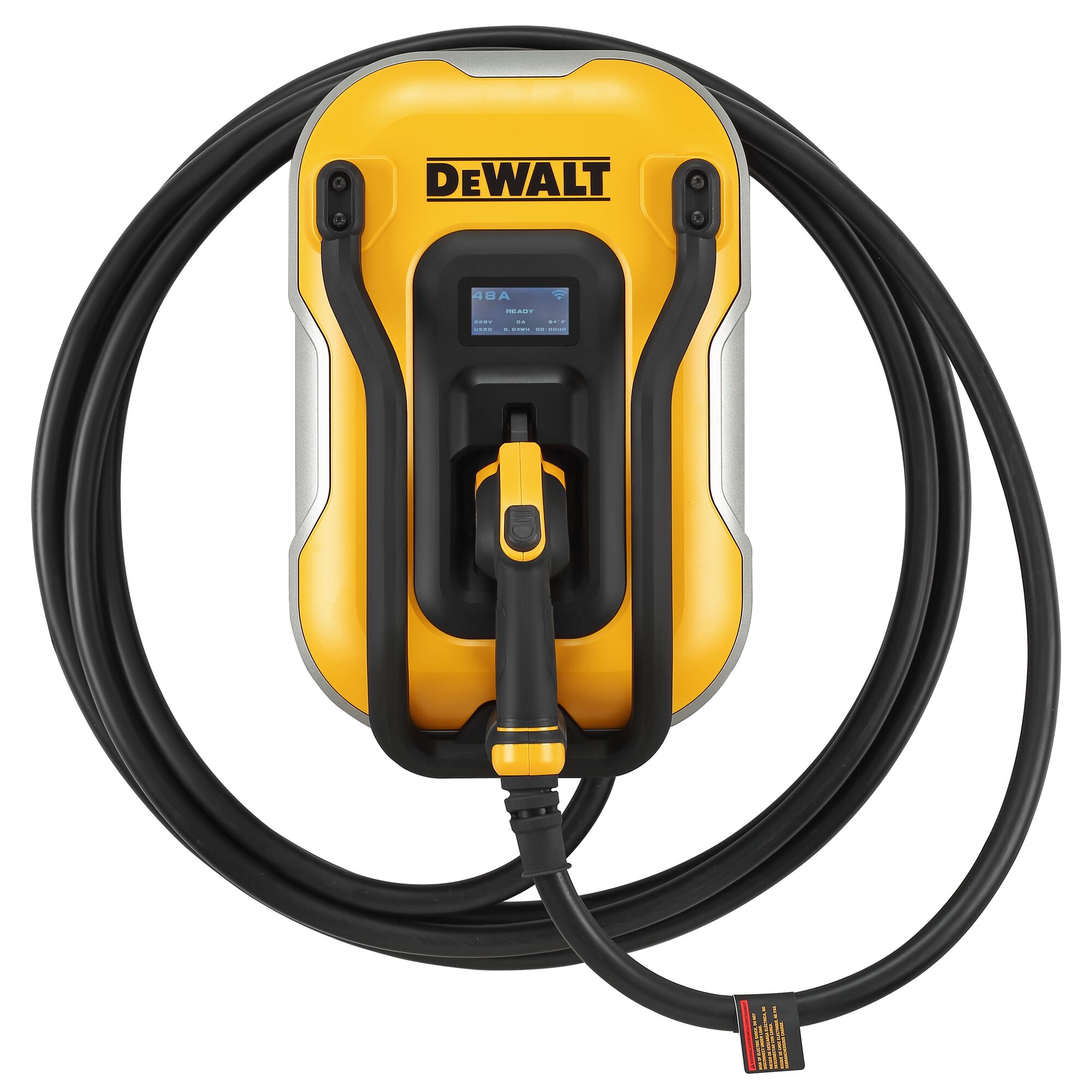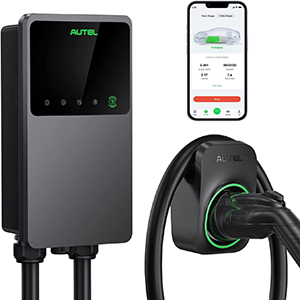Is there a list of EV chargers that have Ethernet connection included?
Ethernet is infinitely more reliable than Wireless, the effort to run a wire is often cheaper and defiantly saves money in long run.
The challenge is finding chargers that have Ethernet, as the vender typically focus on the wireless, not even mention the Ethernet.
What I have found so far:
With Ethernet:
EvoCharge https://evocharge.com/?s=Ethernet
BreezEV (point of sale unit) https://www.productsforautomation.com/breezev-48a-EV-charger-4g-p/evc-l2-48a-l1-1-et-d.htm
No Ethernet:
Enphase (formally Clipper Creek)
ChargePoint

 www.dewalt.com
www.dewalt.com
Ethernet is infinitely more reliable than Wireless, the effort to run a wire is often cheaper and defiantly saves money in long run.
The challenge is finding chargers that have Ethernet, as the vender typically focus on the wireless, not even mention the Ethernet.
What I have found so far:
With Ethernet:
EvoCharge https://evocharge.com/?s=Ethernet
BreezEV (point of sale unit) https://www.productsforautomation.com/breezev-48a-EV-charger-4g-p/evc-l2-48a-l1-1-et-d.htm
No Ethernet:
Enphase (formally Clipper Creek)
ChargePoint

DEWALT Electric Vehicle (EV) 240V Level 2 Charger up to 48 Amps, App Control Bluetooth & Wi-Fi, CSA Certified Indoor/Outdoor Hardwired Wall Mounted Charging Station with 25 ft. Cable
Fast Charge with Confidence. Introducing the DEWALT Level 2 Electric Vehicle Charger. Delivering up to 48 Amps and 11.5 kW of knockout power, charge up to 46 miles per hour. Compatible with all SAE J1772 electric vehicles, confidently charge into the future with the DEWALT 48 Amp EV...






